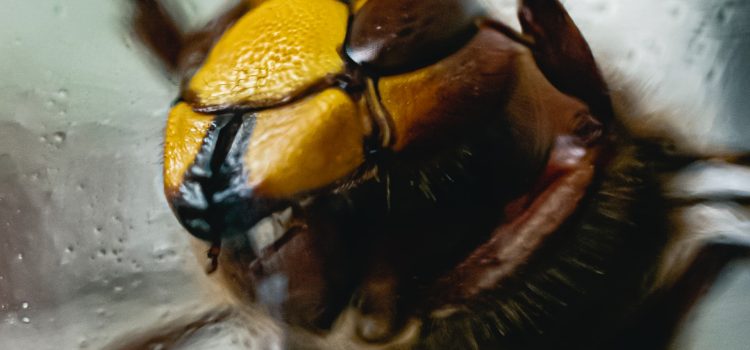
Insects are fascinating creatures that play crucial roles in our ecosystems. While the majority of insects are harmless or even beneficial to humans, there are a few species that pose significant threats due to their venomous bites, stings, or disease-carrying abilities. In this article, we will delve into the world of the most dangerous insects, exploring their characteristics, habitats, and the risks they present.
1. Africanized Honey Bees
Also known as “killer bees,” Africanized honey bees are notorious for their aggressive nature and tendency to swarm. Originating from Southern Africa, they are highly defensive and can pursue their target for long distances. Their stings are more potent than those of regular honey bees, and a single encounter with a swarm can result in multiple stings, potentially leading to an allergic reaction or even death in extreme cases.
2. Bullet Ants
Considered the insect with the most painful sting, bullet ants inhabit the rainforests of Central and South America. Their sting is so excruciating that it has been likened to the feeling of being shot, hence their name. While their sting is not fatal, it can cause intense pain, swelling, and temporary paralysis. Bullet ants are highly aggressive and live in colonies, making it crucial to avoid disturbing their nests.
3. Mosquitoes
Mosquitoes are tiny but deadly insects due to their ability to transmit various diseases, including malaria, dengue fever, Zika virus, and West Nile virus. Found in almost every region of the world, mosquitoes thrive in areas with standing water, making prevention and control essential. Using insect repellents, wearing protective clothing, and eliminating stagnant water sources can help reduce the risk of mosquito-borne diseases.
4. Tsetse Flies
Found in sub-Saharan Africa, tsetse flies are carriers of trypanosomes, parasites that cause sleeping sickness in humans and animals. The disease, if left untreated, can lead to neurological complications and even death. Tsetse flies are attracted to the motion, color, and smell of their hosts, making them particularly dangerous in rural areas where agriculture and livestock farming are prevalent.
5. Black Widow Spiders
Known for their distinctive black color and red hourglass-shaped marking on their abdomens, black widow spiders are found in various parts of the world. The female black widow’s venom is considered highly potent and neurotoxic. While their bites are not usually lethal to humans, they can cause severe pain, muscle cramps, and other systemic symptoms. Seek medical attention if bitten by a black widow spider.
6. Giant Asian Hornets
Giant Asian hornets, also known as murder hornets, gained attention for their large size and aggressive behavior. Native to Asia, these hornets have a venomous sting that can cause extreme pain, swelling, and in rare cases, lead to an allergic reaction or anaphylaxis. While they generally avoid humans unless provoked, their presence poses a significant threat to bee populations.
7. Assassin Bugs
Assassin bugs, or kissing bugs, are known carriers of Chagas disease, a potentially life-threatening illness prevalent in Central and South America. These bugs feed on blood, often biting humans around the mouth or eyes during the night. The transmission of the parasite occurs through their feces, which is rubbed into the bite wound. Early detection and treatment are essential to prevent the disease from progressing.
It’s important to note that while these insects are considered dangerous, encounters and adverse reactions are relatively rare. Taking necessary precautions, such as wearing protective clothing, using insect repellents, and avoiding known habitats of these insects, can significantly reduce the risk of bites, stings, and diseases.
In conclusion, the world of insects is vast and diverse, with some species carrying significant dangers to humans. By understanding the characteristics and habitats of these dangerous insects, we can better protect ourselves and minimize the risks associated with their presence. Stay informed, stay vigilant, and respect the natural world to coexist safely with these fascinating, yet potentially harmful, creatures.










